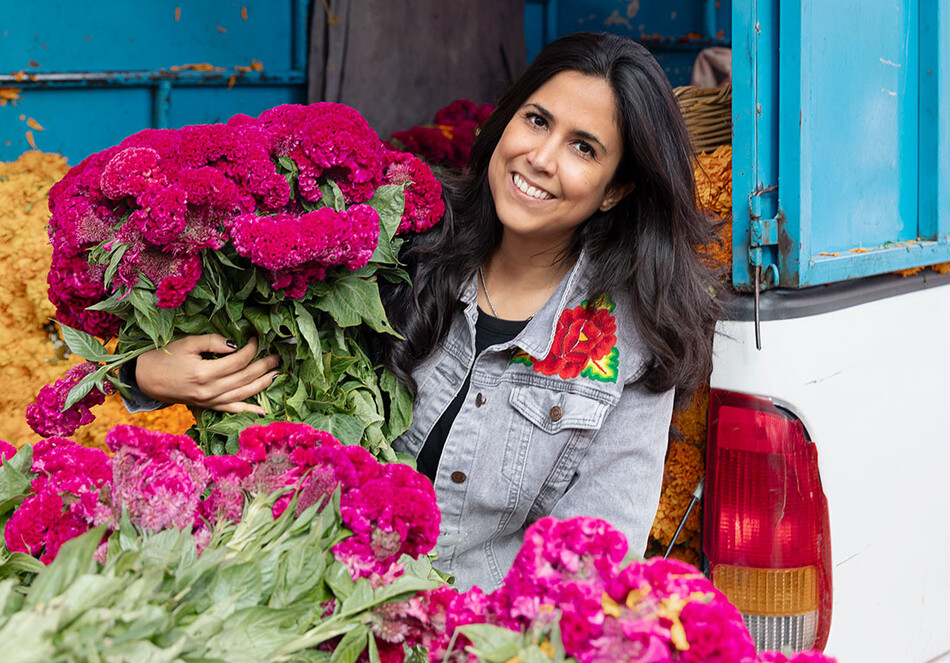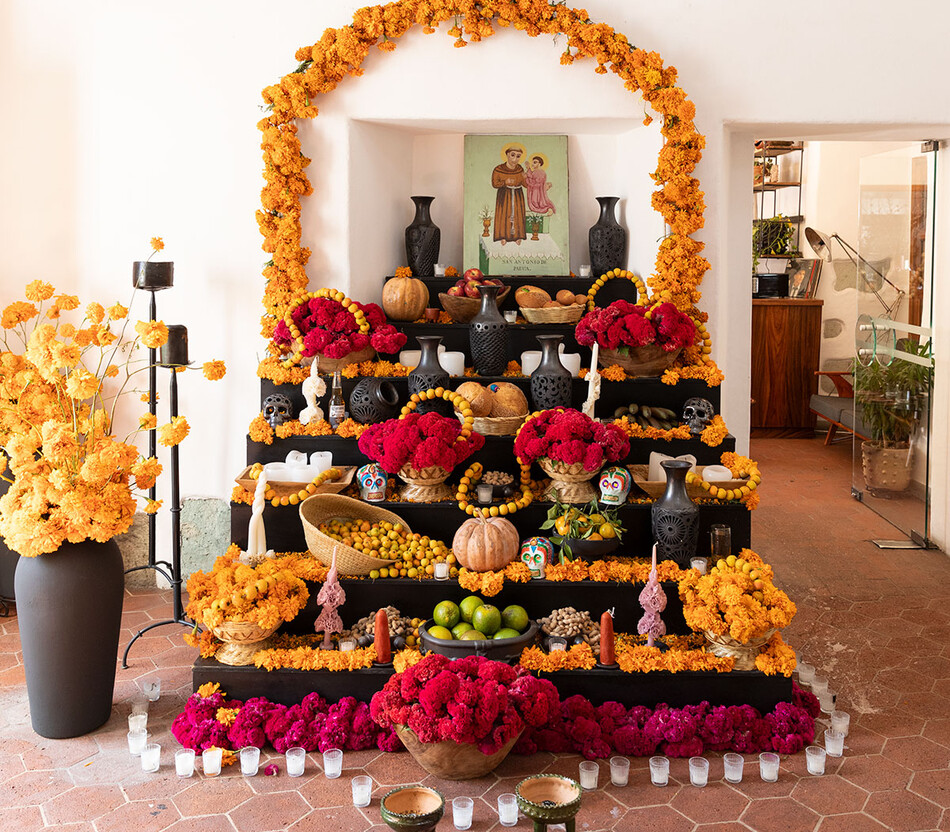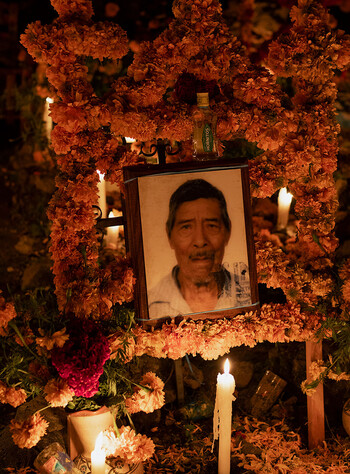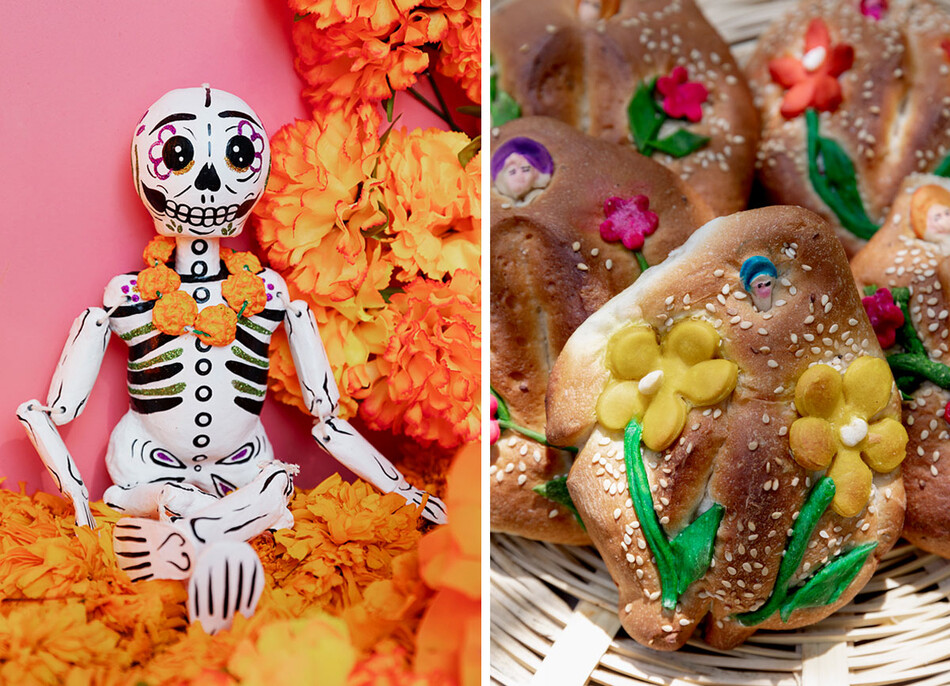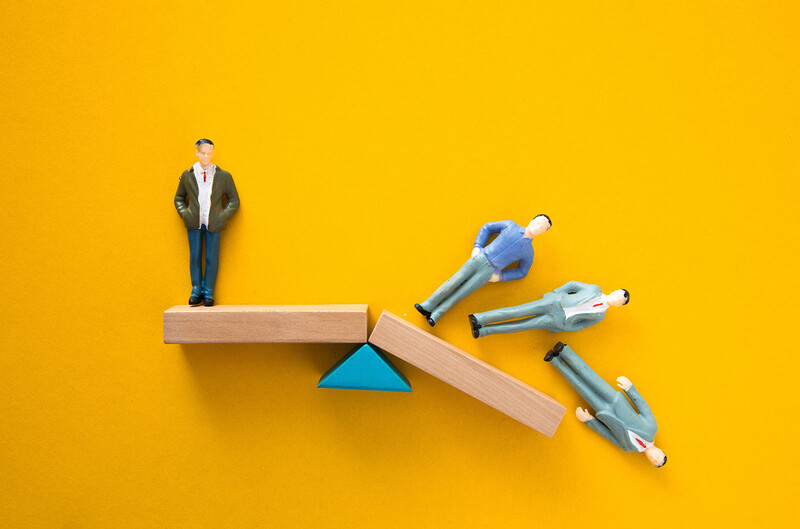What exactly is Day of the Dead?
Day of the Dead, or Día de Muertos, is traditionally celebrated from November 1–2, and it’s a time when Mexicans and other Latin Americans come together to honor loved ones who have died. We do this in different ways: visiting cemeteries, or panteones, where family members or friends are buried, building an altar at home, hosting a dinner, or all of the above.
Thanks in part to the Chicano movement of the 1960s and ‘70s, which helped people embrace their Mexican-American identities, the tradition has grown in popularity in the United States and continues to spread around the world. You don’t have to be Mexican or Latino to celebrate, but I think it’s important to first educate yourself on the origins and purpose behind the holiday.
How did you end up writing a book on the holiday?
I grew up in a very Mexican home with immigrant parents in Dallas, Texas. My mom sent me and my three siblings to preschool speaking only Spanish. It was hard for us to make friends, and I always felt like an outsider. I grew up hearing other kids say horrible things about Mexicans, and I actually tried to deny my identity for a while. Thank God my parents and grandparents swooped in to teach me why our culture is valuable.
When I became a journalist and started working in the news, I noticed that negative stories about Mexicans continued to proliferate in media and entertainment. I would open Netflix and see that nearly everything about Mexico was negative or scary. So, I started a blog called Mexico in My Pocket to shed a more positive light on our culture — the beautiful side, the incredible cultural side, the Indigenous side. Out of that project came a gift shop of the same name in Carroll Gardens, Brooklyn, where I sell artisan crafts and other items from Mexico.
The idea for my book came when I had a Día de Muertos altar in the store, and a customer asked if we were celebrating the devil. I realized that I had never seen a book that really captured the meaning behind the holiday, or enlightened people on our tradition in an accessible way.
What are the origins of Day of the Dead?
Día de Muertos is a natural syncretism and blending of Indigenous and European cultures. The celebration derives from the feast for Mictecacihuatl, the Aztec goddess of death, and it originally took place at the end of July and early August. During this time, Indigenous people in Mexico would burn copal incense, make flower garlands, cook tamales, and drink masa-based beverages known as atole. When the Spanish arrived, they tried to convert the natives to Catholicism but failed to eradicate these traditions. So, the festivities were moved to All Saints Day and All Souls Day in early November, which is when Catholics honor the dead. Today, you’ll see a lot of Día de Muertos altars with crosses and pictures of saints.
What are the key components of the holiday?
It’s not Día de Muertos if you don’t have marigolds. We believe the scent and color of marigolds help guide spirits, so it’s absolutely necessary to have them on your altar or if you’re hosting a dinner. People also bring them when visiting gravestones. Pan de muerto is a sweet bread that’s eaten during the holiday and placed on altars as offerings — many people think of it as one type of bread, but there are actually different versions found across Mexico.
In my book, I explain how anyone can build an altar. You want to think of it as a welcoming party, or bienvenida, for the dead. Along with marigolds and photos of the person, you can place their favorite foods and beverages. You can place candles to light their way so they can come and see you.
Many people think of death-related symbols, like skeletons and ghosts, as morbid or frightening. How are they treated differently in Mexican culture?
First, it’s important to note that Día de Muertos is not Halloween. It’s not meant to be scary. We embrace the skeleton because death is a natural and universal part of life. In Mexico, you’ll see pictures and figurines of skeletons dressed just like us, or like famous people — Frida Kahlo, Diego Rivera. You’ll see them riding bicycles and doing other everyday activities. Another misperception is that we’re celebrating death itself, when what we’re actually doing is honoring dead people and sharing their stories.
One of the reasons I’m passionate about the holiday is because my cousin, who was like a sibling to me, died at twenty-four. I was devastated and had no idea what to do. I tried therapy, I tried church, and nothing worked. I decided to go back and learn about these traditions and do a deep dive. Since then, I’ve come to rely on Día de Muertos as a source of comfort. I try to share it with as many people as I can, because I’ve learned that grief is lonely, and I think that this tradition is a beautiful way to cope with grief. Once a year we celebrate love, we celebrate moms, we celebrate dads, but I think we also need to take a day to celebrate those who have died.
Photos by Christine Chitnis from Mexico’s Day of the Dead: A Celebration of Life Through Stories and Photos, by Luisa Navarro, © 2025. Published by Hardie Grant.
